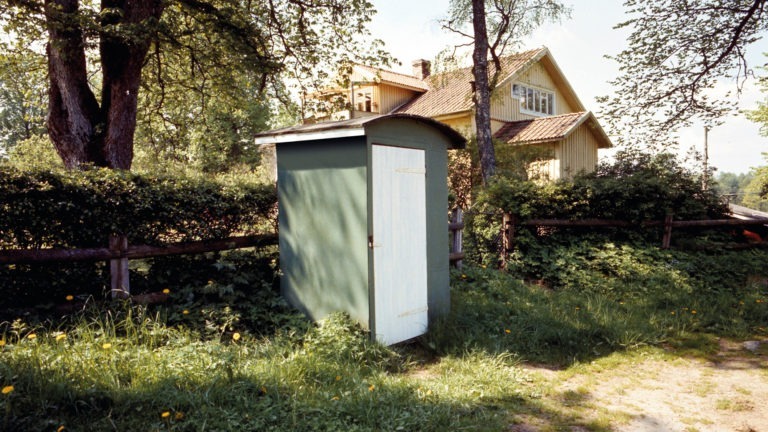To reach out to even more people, beyond Älmhult and Småland, in 1950 Ingvar Kamprad decided to exhibit at the S:t Eriksmässan trade fair in Stockholm. The idea behind S:t Eriksmässan was to enable producers and retailers to make contact, but it was also a chance for retailers – i.e. companies like IKEA – to reach out directly to the public. Meeting the general public was something Ingvar specifically wanted to do. This was an ideal marketing opportunity. Ingvar took out ads in the Stockholm newspapers, telling people that IKEA would be at the fair. When the event opened, all the showcased IKEA products were neatly marked with consumer prices, which went against the grain for trade fairs. This angered the other exhibitors. There was turbulence at the IKEA stand, and competitors started at Ingvar and his colleagues. Someone shouted, “What a disgrace to ruin prices and the market in that way!” Some exhibitors asked the event’s management to throw IKEA out. Nothing like this had ever been seen before.
In December the same year Ingvar received a letter saying that S:t Eriksmässan would not accept him at any future events. Ingvar was quick to reply that he had followed all the rules. He explained that customers could not exactly pick up a sofa bed and carry it home in their arms – they had to place an order. It turned out to be virtually impossible for the establishment to keep Ingvar away from trade fairs. In the years to come IKEA turned up at S:t Eriksmässan, either under its own name, as a new company or via a representative. One of the co-conspirators in the trade fair fight was the upholstery factory Rune Rings Tapetserarverkstad of Diö. According to an anonymous informant – working in the furniture industry in Älmhult – IKEA covered all the costs for Ring’s participation. The brochures and signs were already finished, the whistleblower told the fair managers. The nerve!









